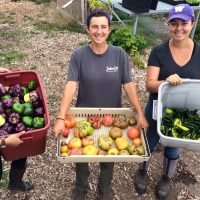Late Summer Interest at the Washington Park Arboretum
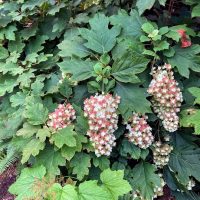
1) Hydrangea quercifolia ‘Brido’ Oakleaf Hydrangea
Oakleaf Hydrangeas are native to the American South and are prized in horticulture for their distinctive oak-shaped leaves, reddish peeling bark, and large pyramids of flowers.
‘Brido’ features large double flowers that morph from white to pink with age.
You can find these showy shrubs around the Graham Visitors Center’s southern patio.
2) Billardiera longiflora Climbing Blueberry
This small evergreen vine is native to Australia and is most common in Tasmania, but also grows in New South Wales.
Read moreCounting the Endangered Wenatchee Mountains Checkermallow

We can now answer the question, with a high degree of confidence, of just how many Wenatchee Mountains checkermallow (Sidalcea oregana var. calva) plants there are. That’s due to a 9-year effort to count and map its largest known population at Camas Lands near Peshastin, WA. This population holds nearly 90% of all known individuals of this species; therefore, it is important to know how large this population is and how it is changing over time.
Read moreWelcome to Anna Carragee, New Rare Care Program Staff Member

“I love getting the reports back from rare plant monitoring volunteers–hearing how their searches went and seeing photos from successful hunts.”
Read moreA Town Called Malus
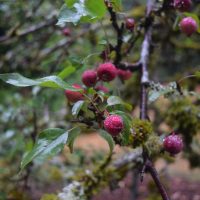
This week’s selections honor the area we call Crabapple Meadow and the residing collections therein. Each summer, the Meadow becomes home base for our annual summer camp participants and instructors and with this year’s season winding down, we feel it is a good time to recognize a handful of our terrific Malus specimens.
1) Malus ‘Sundog’
The “Flowering Crabs” comprise a genus of some 35 species of deciduous trees found throughout northern temperate regions.
Read moreAugust 2021 Plant Profile: Thujopsis dolabrata
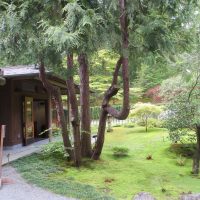
During these dog days of summer I am especially appreciative of all my conifer friends, providing blessed shade, a sweet smell on the air and a cool background on which my squinting eyes may rest. One conifer in particular is especially welcome to my eye, Thujopsis dolabrata var. dolabrata, with its deep green, glossy scales and wide-sweeping branchlets. This gorgeous conifer is stately, trouble free, and slow growing to the point where it will happily spend 30 to 50 years in a Seattle-sized yard without terrifying your too-common panicky neighbor.
Read moreUW Farm Weekly Dirt: Zucchini Overload
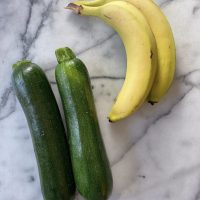
If I asked you, “what is the most prolific summer crop in your garden” what would you answer? My guess is zucchini.
Last year, the UW Farm grew over 3,000 pounds of zucchini from only 5 beds (250 total bed feet), despite powdery mildew, smoke-filled skies and a record wet spring. That’s a lot of zucchini bread, zucchini Parmesan, and zucchini noodles.
UW Farm’s Weekly Dirt: Focus on Fennel
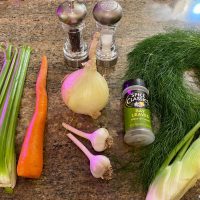
A licorice fragranced vegetable may seem like a strange combination, unless you have come across fennel, the whole plant, feathery frond and bulging stem. As it turns out, this aromatic perennial (or annual depending on your climate) in the carrot family has a fascinating history, playing a medicinal and even mystical role in our culture since ancient times.
As a commercial farmer years ago, I explored growing fennel to appeal to high-end restaurant chefs, In the last five years at the campus farm, I have learned that it is simple to grow, has many organic uses (beneficial insects love it!) and newly discovered recipes continue to pull me into its culinary orbit.
New leadership for UW Botanic Gardens announced

UW Botanic Gardens welcomes Dr. Christina Owen as Director, starting September 13, and School of Environmental and Forest Sciences Professor Dr. Josh Lawler as the new Faculty Director.
Read moreSelected Mid-Summer Cuttings from the WA Park Arboretum
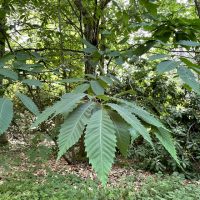
1) Castanea dentata American Chestnut
American Chestnut once dominated many forests from Maine and southern Ontario to Mississippi and from the Atlantic coast to the Appalachian Mountains, and was once one of the most common trees in the northeastern United States.
American Chestnut suffered a catastrophic population collapse due to the chestnut blight, a disease caused by an Asian bark fungus (Cryphonectria parasitica).
